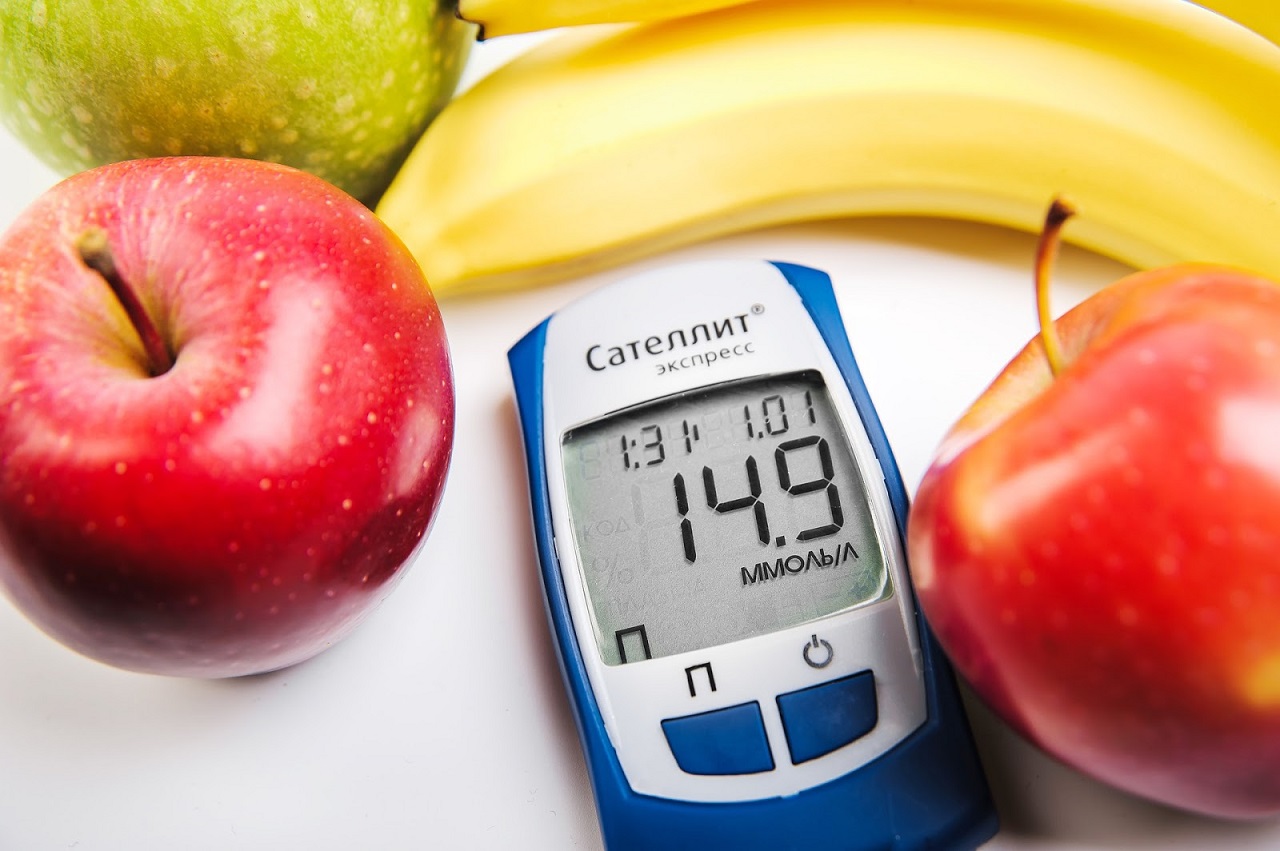Basic Introduction of the Ailment
Diabetes Mellitus is a complex metabolic disorder characterized by an increase in blood sugar levels. It can be either due to the lack of production of insulin (a hormone that keeps glucose level in check), or it may be due to the desensitization of insulin receptors (in which the body normally produces insulin).
This hormone insulin works by increasing the utilization of glucose, uptake of sugars by the cell, enhances its breakdown, or stores it in the form of glycogen(the stored form of animal glucose).
Such hyperglycemic conditions can lead to heart diseases, kidney failure, stroke, damage to the eyes, and foot ulcers. Here is the most authentic guideline about lifestyle modification diabetes.
Types of Diabetes Mellitus, you should know
There are five types of diabetes. Type 1, Type 2, Type 3, Gestational (Pregnancy),Neonatal Diabetes. The lifestyle factors highly influence type 2 Diabetes.
Lifestyle Risk Factors
- Physical inactivity
- Fatty meals and creamy foods
- Obesity or overweight
- High Blood Pressure
- Psychological stress
- Alcohol consumption
- High cholesterol
- High Sugar intake
- Low fibre consumption
Management and Prevention of Diabetes by modifying living standards
Physical activity
It refers to all bodily movements or skeletal motility encompassing all daily life activities performed from day to night, including walking, jogging, exercise, gym sessions, aerobic exercises that are all muscle strengthening and stretching, and bone fortifying.
a) How Does Exercise help to Lower your Blood Glucose Levels?
When a person is working out, his muscles require excess blood circulation, energy ( ATP), and oxygen. During that vigorous activity, the glucose level in the body does not have enough oxygen for the aerobic breakdown of sugars to obtain energy.

That time, our body undergoes anaerobic metabolism( without requiring oxygen) of sugars to yield energy. In this, excess glucose is utilized without the need for insulin.
Secondly, exercise and such aerobic physical activity that can be a mere morning walk or an evening stroll increase the sensitivity of insulin due to which it performs its functions more effectively.
Moreover, it helps you maintain your weight and thus prevents you from being overweight and becoming obese.
b) The Time Duration for Different Physical Activities
ADA (The American Diabetes Association) suggests:
- Two to three hours of exercise per week. It can be brisk walking, swimming, or jogging.
- Don’t skip exercise for more than two days.
- Break up sitting time or sitting in one posture for long every 30 minutes.
- Try yoga and meditation at least once a week
- Perform 2-3 sessions of muscle-building exercises like weight lifting and push-ups.
- Warm-up for about 5-10 minutes and let your body cool in 5-10 minutes until the heart rate matches the rate of pre-exercise. Avoid rapid cooling of the body to prevent complications like muscle aches and stroke.
Quench your thirst with water; Stay Hydrated
Water is essential in keeping you hydrated since our body is primarily composed of water. It is necessary to take at least eight glasses of water daily in the summer season. However, in the winter season, you can reduce the intake to 6 glasses.

Crucially take water before, during and after exercise. You can take citrus fruit juices before exercise to avoid cramping. Indeed, a good tip for a novice.
Dress Appropriately
Wear proper clothes according to the weather. Opt for breathable kinds of stuff to ensure proper sweating. Use well-fitted shoes and stretchable socks to prevent foot ulcers and heart stroke.
Diet Considerations
One of the most important considerations in lifestyle for diabetes is a healthy diet. Intake of foods with a low glycemic index, resistant starch, and unsaturated fats will help.
a) Resistant Starch
Introduce resistant starch in your diet that will enhance the sensitivity of the insulin.
Introduce resistant starch in your diet that will enhance the sensitivity of the insulin.
| Sources of resistant starch | Serving size | Status | Grams of resistant starch intake |
| Green bananas flour | 1 cup | uncooked | 42-52.8 |
| Raw banana (slightly green) | 1 medium | peeled | 4.7 |
| Rolled Oats | 1 cup | uncooked | 17.6 |
| Green peas (frozen) | 1 cup | cooked | 4.0 |
| Lentils | 1 cup | cooked | 5.0 |
| White beans | 1 cup | cooked | 7.4 |
| Cold Pasta | 1 cup | cooked | 1.9 |
b) Make a Limit, Take a Stop or Use a Substitute for Sugar
High sugar levels desensitize your insulin and thus interferes with its normal functioning. So use products that are a substitute for sugar, but again recent researches indicate that these sugar supplements also desensitize insulin.
Avoid Smoking, Alcohols, and Drugs
Inhibiting such bad habits lowers the risk of type 2 diabetes by 82%.


